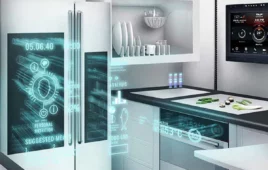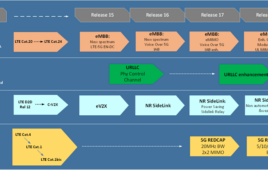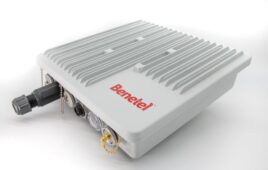The U.S. Supreme Court on Monday agreed to chime in on Apple and Samsung’s longstanding patent dispute.
In a brief note, the justices agreed to hear part of Samsung’s appeal to determine whether the courts can force a company to turn over all profits made from a product when the infringing component comprises only a fractional portion of the overall design.
At issue in the case are Samsung’s use of smartphone features – namely the flat screen, rectangular shape with rounded edges, bezel and grid of square, colored icons on the screen – that are patented by Apple.
Samsung had previously been ordered by a California court to pay $930 million for infringing on Apple patents in 23 of its products.
An appeal led to the reconsideration of $382 million of that award, however, leaving Samsung liable for $548 million in the short term.
In December, Samsung agreed to pay Apple the $548 million while it awaits a new trial to determine whether the remaining $382 million in damages will stand. Samsung also appealed the original verdict to the Supreme Court.
The original $930 million verdict included the entire $399 million in profits Samsung made from selling products that used the infringing features. It is that $399 million figure Samsung is asking the Supreme Court to reconsider.
In asking the Supreme Court to hear the case, Samsung said the Federal Circuit’s decision forcing it to turn over all its profits from devices using the infringing design elements sets a revolutionary – and dangerous – precedent in patent law.
“In requiring Samsung to disgorge all its profits from its smartphones based on their use of a rounded rectangular form and grids of colorful icons, the Federal Circuit’s decision creates a sea change in the law of design patents that dramatically increases their value relative to other forms of intellectual property,” Samsung wrote. “Absent this Court’s intervention, design patents will have whatever scope juries choose to give them, and a design-patent holder will be entitled to the infringer’s profits on the entire product even if the patented design applies only to a part of the product and the design has only minor value relative to the product as a whole. Such unjustified windfalls are available nowhere else in patent, copyright or trademark law.”
While it agreed to take up the question of whether Samsung should be forced to fork over all of its profits, the justices declined to weigh in on whether a design patent should be limited to its “protected ornamental scope.”
The case will go before the Supreme Court during its next term, which commences in October.




